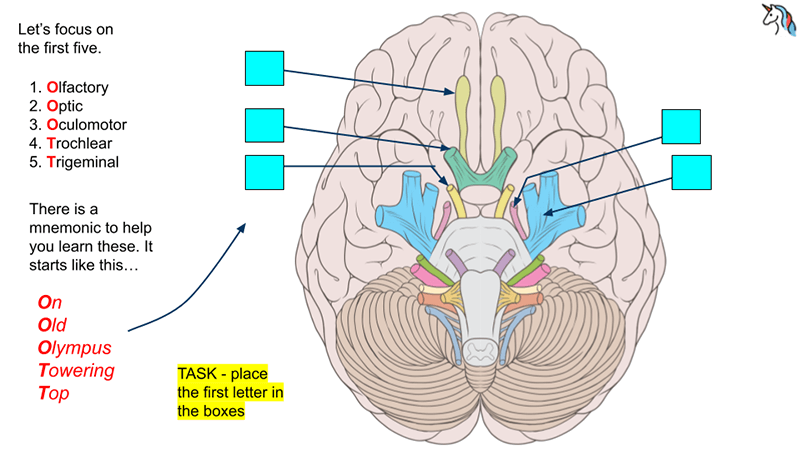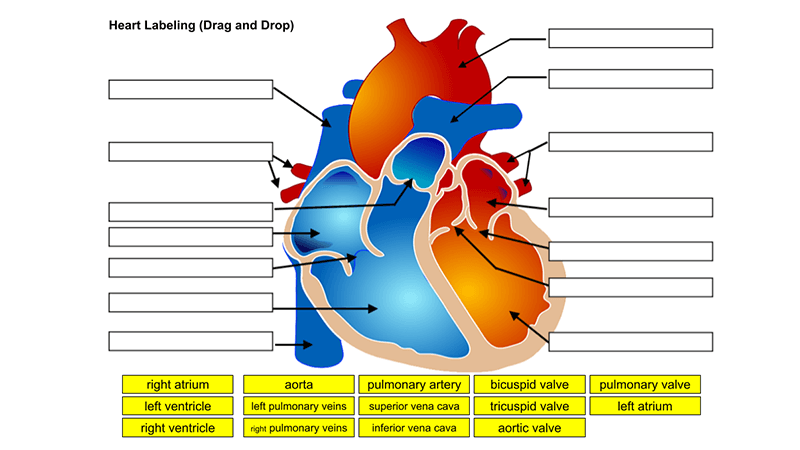Tag: learn
-
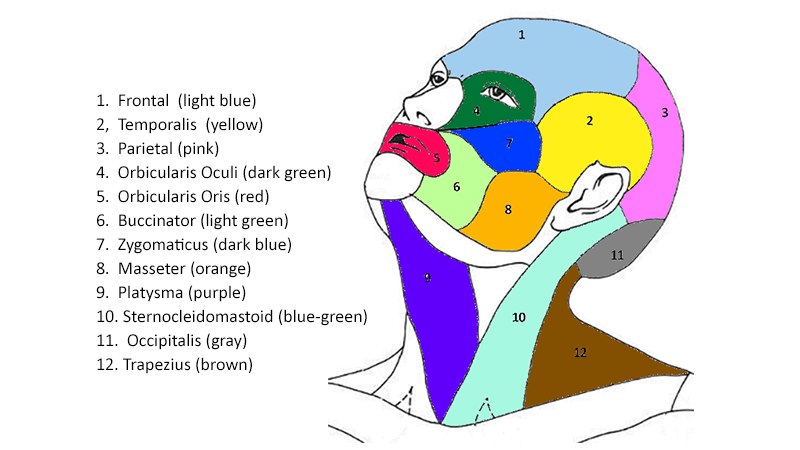
Color the Muscles of the Head and Neck
Students practice naming the muscles of the head with this simple coloring worksheet. Image shows the major superficial muscles with numbers.
-
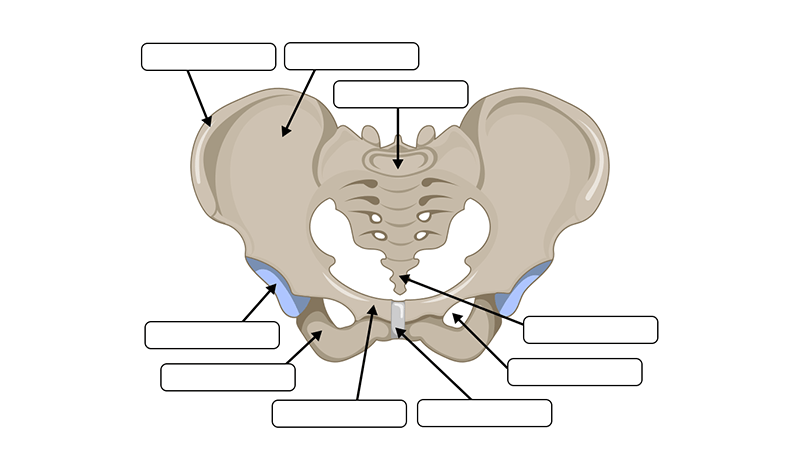
Label the Bones of the Appendicular Skeleton
Learn the bones of the legs and arms with this labeling activity. Practice reinforces learning completed during the lab portion of the skeletal system.
-
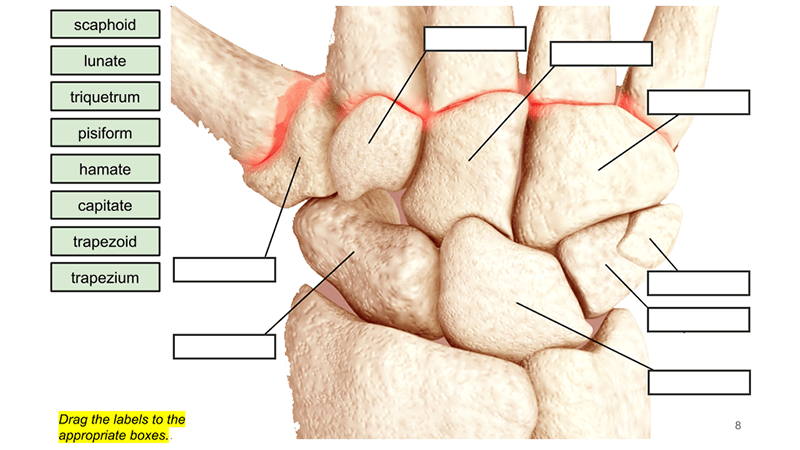
Learn the Bones of the Hand and Foot
Learn the bones of the hand and foot with this Google slides module with descriptions, mnemonics, and practice drag and drop activities.
-
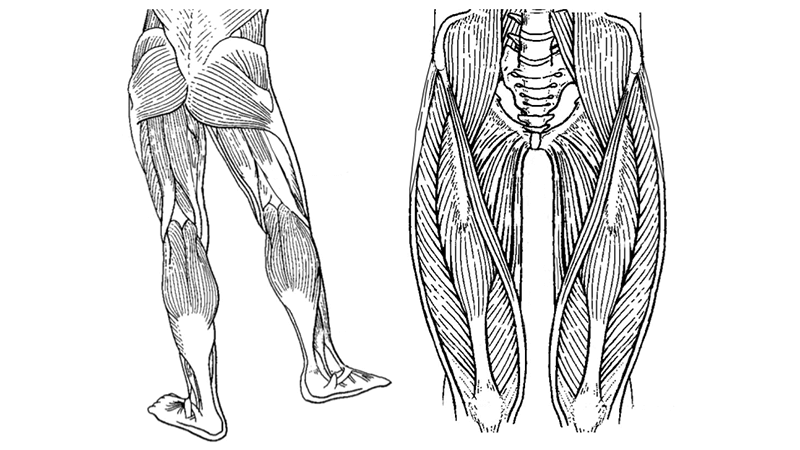
How to Teach the Muscles of the Human Body
Resources for high school anatomy students to learn the major muscles of the body; includes slides, handouts, and links to quizzes.
-
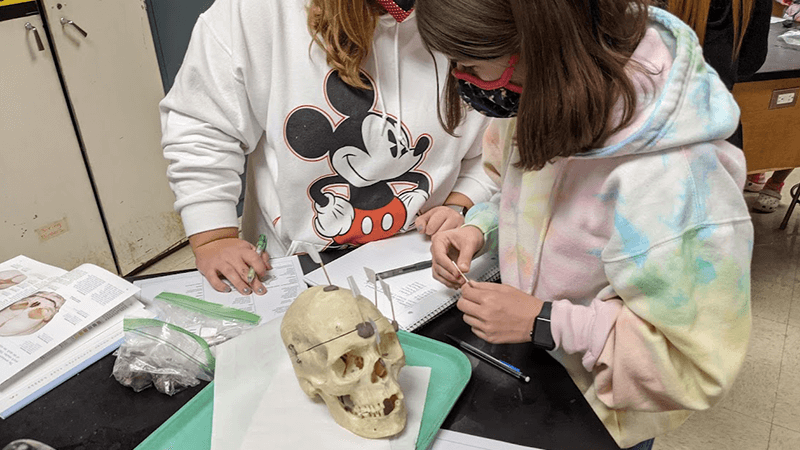
A Student’s Guide to Learning the Human Bones
Students use a lab guide to identify bones and major features. Activity is part of a unit on the skeletal system
-

Urinary System – Label the Kidney and Nephron
I created this version of a labeling activity for students who are learning from home during the 2020 pandemic. You will not need to hand out papers with this version! Instead, students use their Chromebook to open Google Slides and drag the labels to the correct position. I usually assign this activity after students have…
-
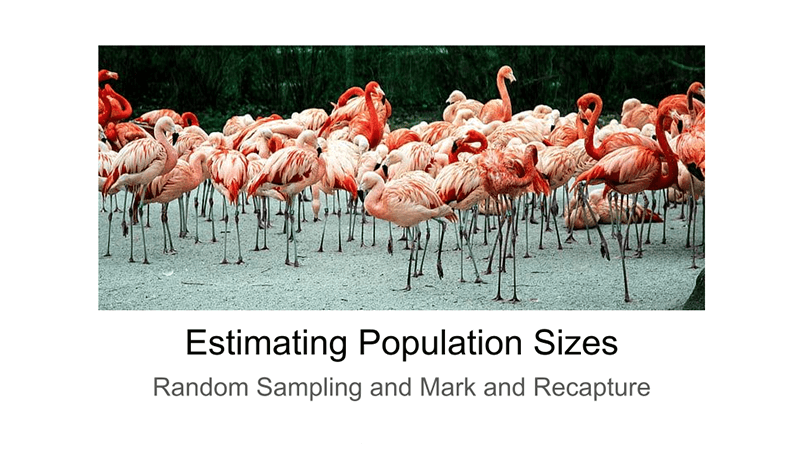
Estimating Population Size – Remote Learning Unit
Population growth studies are a common element to studies in ecology in my basic biology class. Students learn about exponential and logistic growth the impacts populations have on the environment. As part of this unit, I have had students simulate techniques used to estimate the size of a populations. I have toys packed in bags…
-

Frog Dissection – Virtual for Remote Learners
Students usually end the comparative anatomy unit with a dissection of a frog specimen. Though some schools have decided to opt out of this project, it remains one of the most remembered activities of the school year. I can understand why this project may seem like a relic, but it is still in our curriculum.…
-
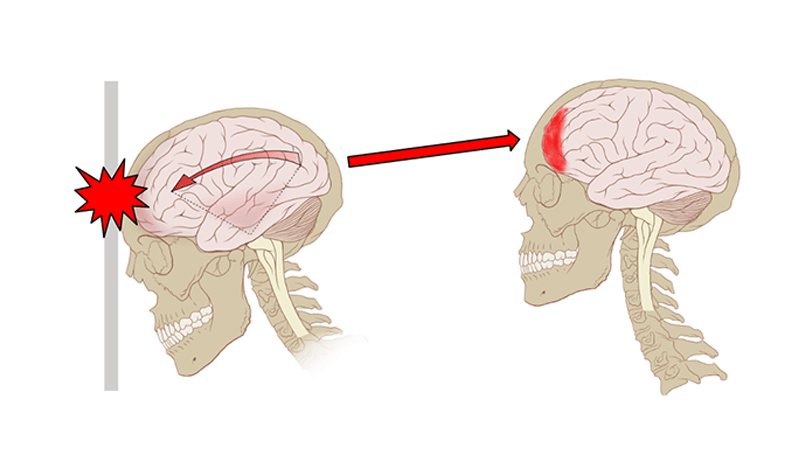
Investigation: Concussions
This investigation is completed by watching videos and analyzing data on concussions. Students first watch a Ted-Ed video on what happens when you have a concussion. The digital handout contains questions from the video. Students then visit neuroanatomy.ca where they view coronal brain slices. Then they label an image and compare a normal brain versus…
-
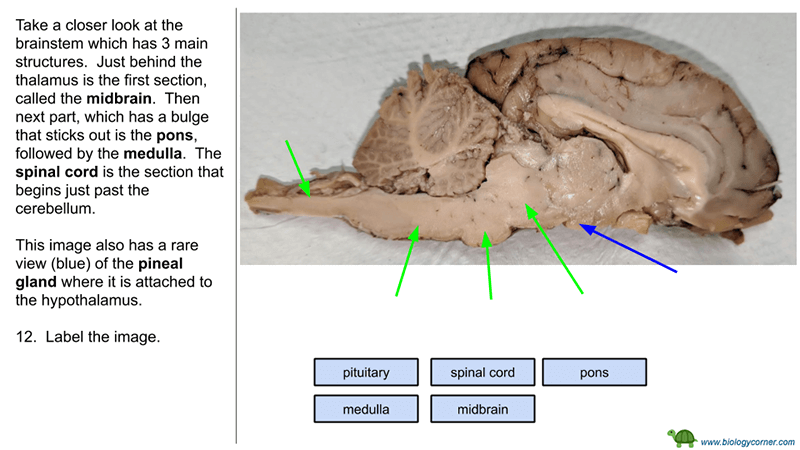
Brain Dissection – Virtual Version
Don’t have time or the resources to do a dissection in the classroom? Try this virtual version to supplement your lessons on the brain! In a traditional anatomy class, students dissect a sheep brain using the Sheep Brain Dissection Guide which walks them through identifying first external features of the brain and then internal features.…
-
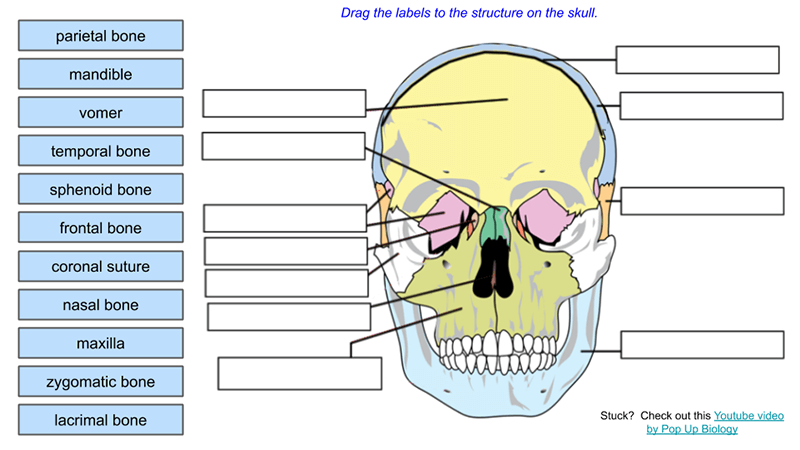
Skull Label (remote)
This activity was designed for anatomy and physiology with students working remotely during the 2020 pandemic. Students are given a short overview of the skull during virtual class and then encouraged to watch the Pop Up Biology video which explains the features of the skull (foramen, condyles, process…etc.) The activity is made on google slides…
-
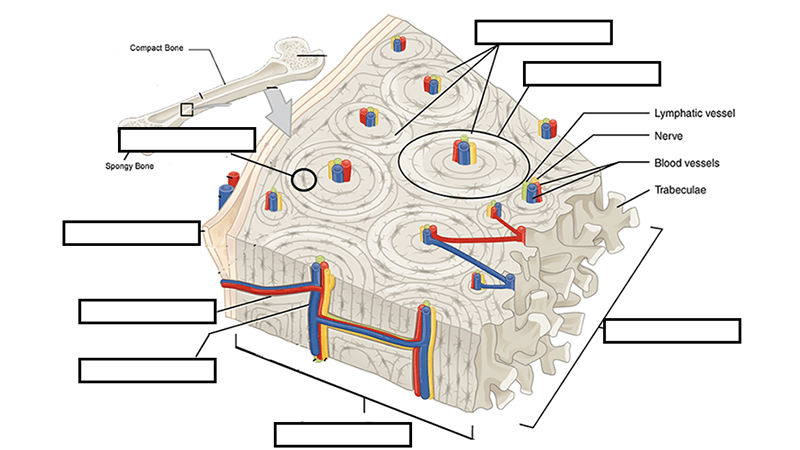
Bone Tissue (Guided)
Students learn about bone tissue by progressing through slides with images and explanations. Students perform tasks, such as labeling or answering questions.
-
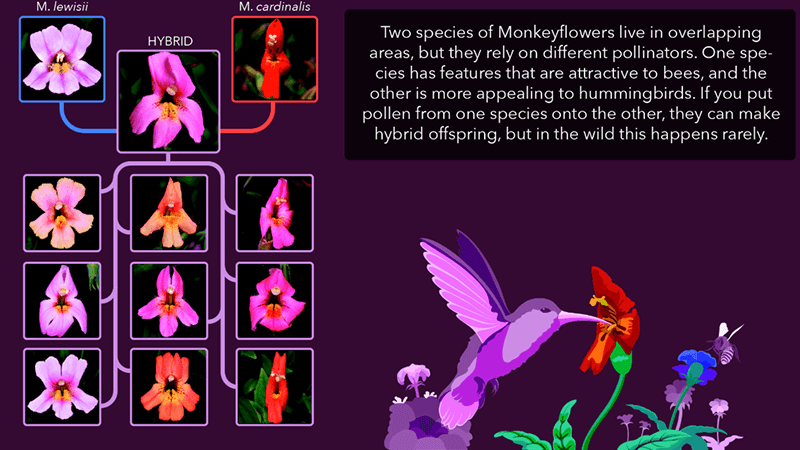
Speciation Modes on
This activity was designed for students during the COVID-19 pandemic and is intended to be completed individually at home. The lesson explores the two models of speciation: allopatric and sympatric. You can also assign a simple print version that explores speciation modes. Students first read about allopatric speciation and apply it to the finches on…


